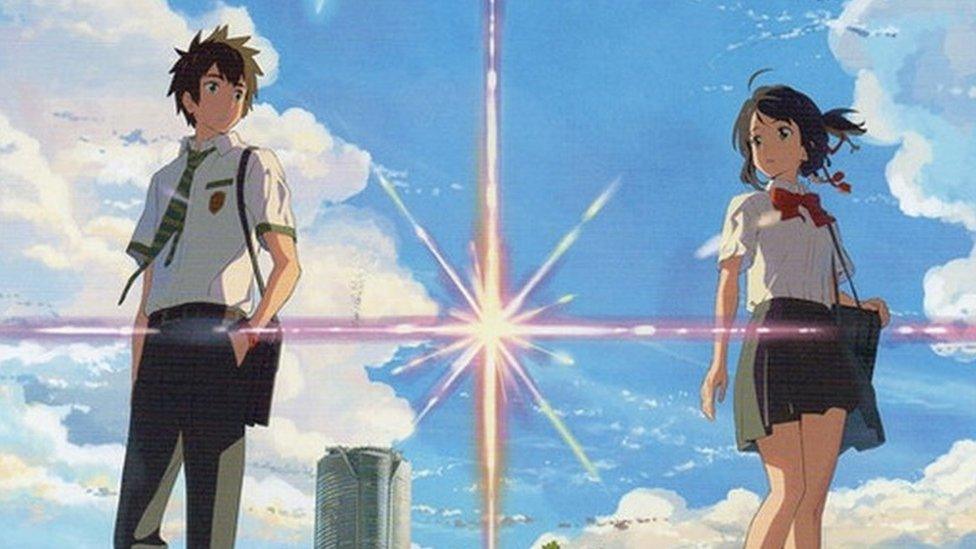Hayao Miyazaki: Japan's godfather of animation?
- Published
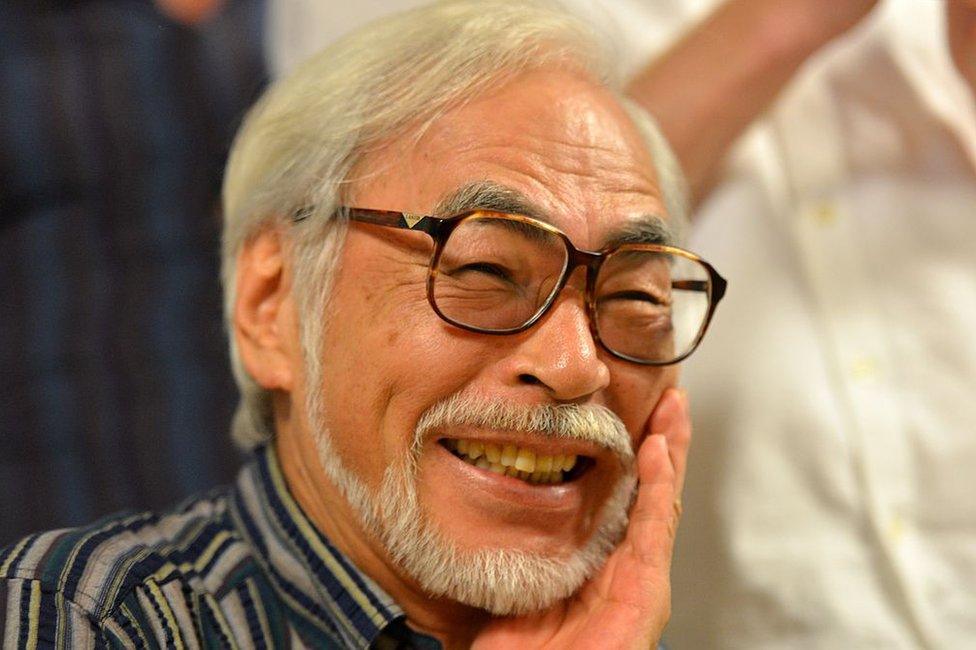
Miyazaki, 75, is the co-founder of Japanese animation giant Studio Ghibli
As Oscar-winning film Spirited Away marks its 15th anniversary with a re-release in US cinemas, the BBC's Tessa Wong looks at the impact its director Hayao Miyazaki has had on the world of animation.
It would be no exaggeration to describe Hayao Miyazaki as the godfather of animation in Japan - some might even say the world.
Since his directorial debut in 1979, his gentle and whimsical children's movies have been hugely popular and become key cultural icons.
Spirited Away is still Japan's highest grossing movie of all time while other works like My Neighbour Totoro are considered canon.
He and his company Studio Ghibli, which he founded in 1985, have often been called Japan's answer to Walt Disney - but in many ways Miyazaki has proven to be a complete original.
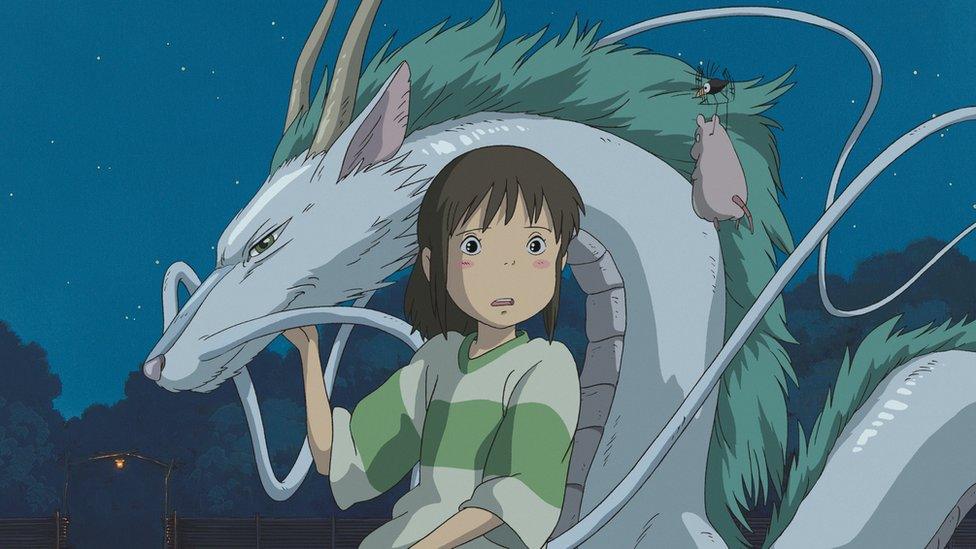
Spirited Away has been Japan's highest grossing movie since its release in 2001
The hallmarks of a Miyazaki film are its lush detailed landscapes and its thoughtfulness in tackling serious themes such as war, man versus nature, and identity.
"Firstly they are very beautiful and emotionally very honest," says animation scholar Helen McCarthy. "Audiences everywhere can relate to that."
"Secondly, they are many-layered so that children can enjoy them, but people at later stages of life can also find meaning in them. And thirdly, they are highly individual works of art."

Miyazaki's seminal films
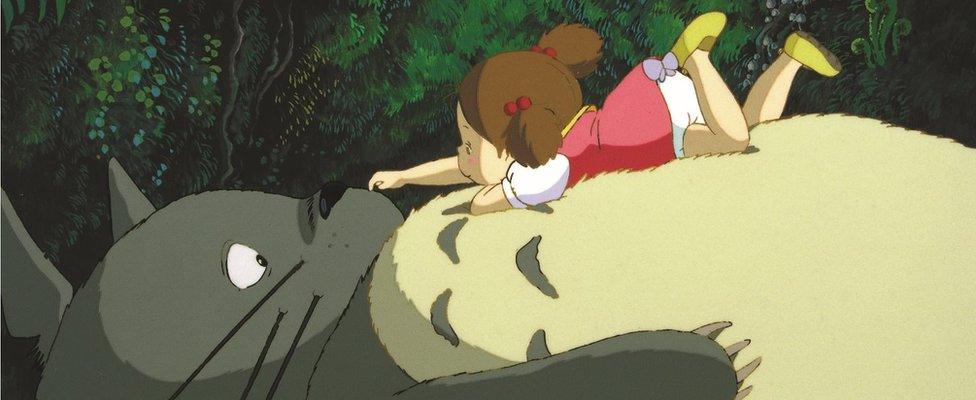
My Neighbour Totoro was one of Miyazaki's early hits
Spirited Away (2001): A girl embarks on a journey of self-discovery as she rescues her parents from an evil spell. Won the Academy Award for Best Animated Feature in 2003.
Princess Mononoke (1997): A warrior princess tries to save her beloved forest. One of Miyazaki's darker films featuring traditional Japanese myths.
My Neighbour Totoro (1988): Whimsical tale about two sisters who befriend a spirit. The film and its characters, namely Totoro, have become pop culture icons.
Nausicaa of the Valley of The Wind (1984): A princess tries to stop a brewing war in a post-apocalyptic world. Praised for its pacifist and environmentalist messages.

Instead of animation's typical cardboard villains and knights in shining armour, his works feature complex lead characters - in Spirited Away, the heroine Chihiro starts out as a sullen cowardly child, while its monster No-Face evolves from a timid needy spirit.
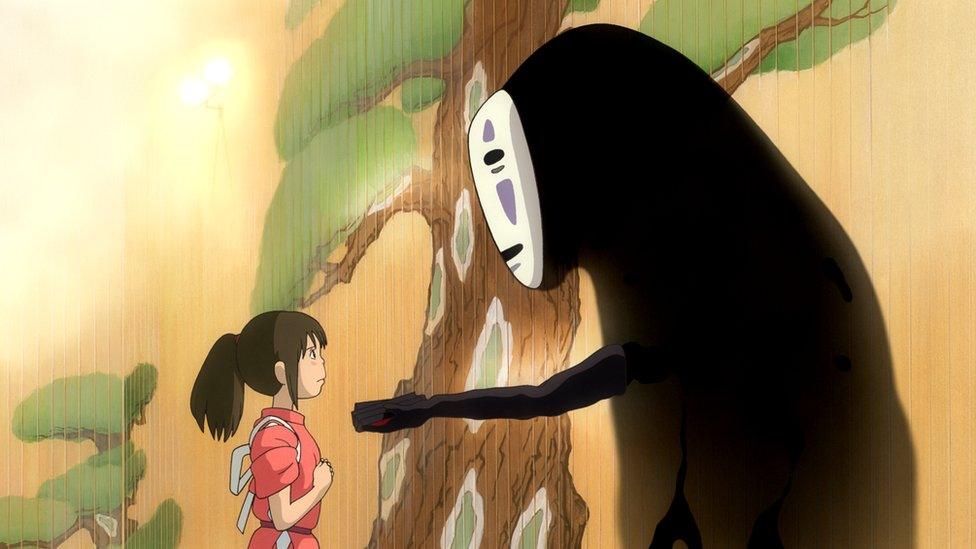
One of the challenges Chihiro (left) faces in Spirited Away is dealing with the spirit-turned-monster No-Face (right)
This complexity was not common in the industry when Miyazaki first started out in the 1960s, drawing scenes for other people's films.
But he got noticed in 1965 when he became dissatisfied with a film he was working on which ended with the rescue of a robot princess. Miyazaki suggested an alternate ending where she turned into a human, a suggestion picked up by the producers.
"Miyazaki added the humanity to what would otherwise be a typical space fantasy. From then on people in the industry thought he was very interesting," says Japanese animation expert Prof Susan Napier of Tufts University.
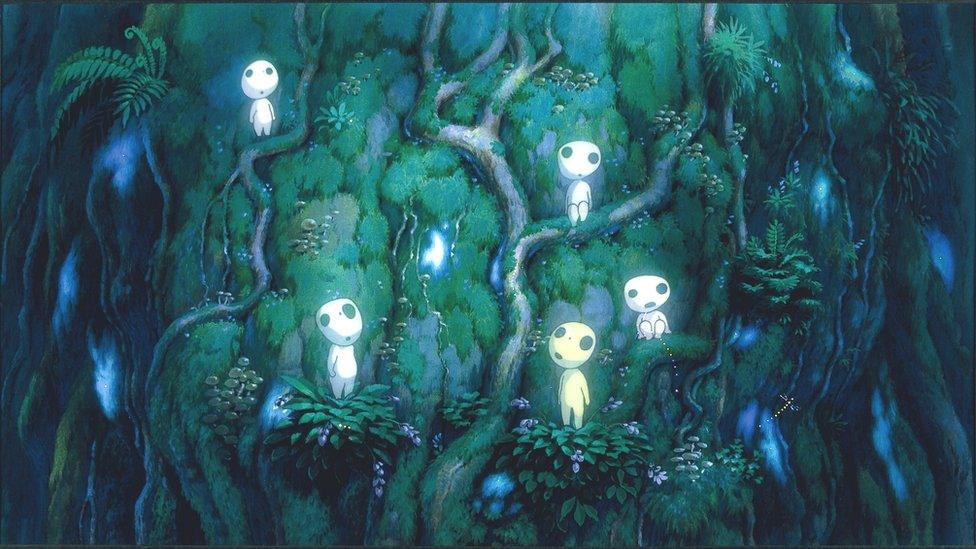
Miyazaki films are known for their meticulously detailed and hand-drawn lush landscapes
He gained fame within the industry for his craftsmanship and directorial choices as he began making his own films. Soon he saw blockbuster success in the 1980s, followed by international fame in the 1990s as his movies were more widely distributed overseas.
He still champions the laborious hand-drawn school of animation, setting high standards for artistic quality in a world where cost-cutting and compromise are still rife, says McCarthy.
Pacifist, environmentalist, feminist
As a child, Miyazaki had to flee his town of Utsonomiya amid the firebomb raids of World War Two. Growing up in post-war Japan, he witnessed firsthand its rapid modernisation and rapid urban sprawl.
These experiences would make a lasting impression on Miyazaki who has pushed anti-war and pro-environmental messages in his films, which were rare when he first started out.
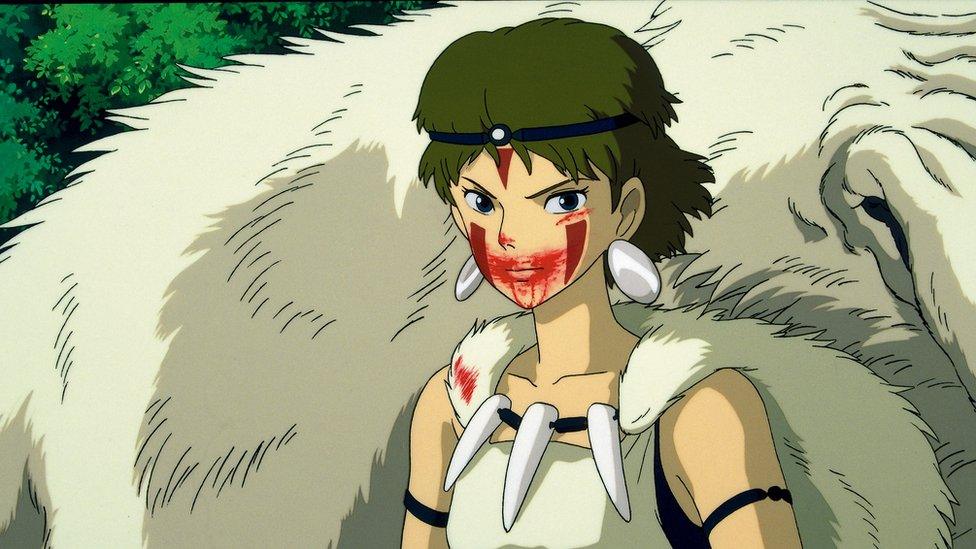
One of Miyazaki's darker films, Princess Mononoke, delves into the conflict of man versus nature
He is also known for his strong female lead characters, which Prof Napier says are partly inspired by his late mother with whom he had a close relationship.
While young heroines known as shoujo are common in Japanese animation, unlike others, his girls are neither infantilised nor sexualised.
"These are not thinly politically disguised male characters, they are female: caring and compassionate, independent, smart and inquisitive," says Prof Napier.
He's inspired younger artists - and he's not done yet
Despite their difficult subject matter, Miyazaki's films are known for their quiet innocence and respect for their young audience.
"What my friends and I have been trying to do since the 1970s is to try and quiet things down a little bit; don't just bombard with noise and distraction. And to follow the path of children's emotions and feelings as we make a film," he said in an interview in 2002., external
"If you stay true to joy and astonishment and empathy, you don't have to have violence and you don't have to have action. They'll follow you. This is our principle."

His children's films, such as 2008's Ponyo on the Cliff by the Sea, are known for their innocence and simplicity
His ethos has inspired a new generation of animators, most notably John Lasseter, the founder of US animation studio Pixar, and Makoto Shinkai, who helmed this year's blockbuster hit Your Name.
Miyazaki has tried to retire - reportedly at least six times - but it appears he is not finished telling his stories. Since last year he has been working on a short film called Boro the Caterpillar, based on a story in development for two decades.
Last month he said it would be turned into a full-length film, which may only be released in 2021 - he will be 80 years old by then.
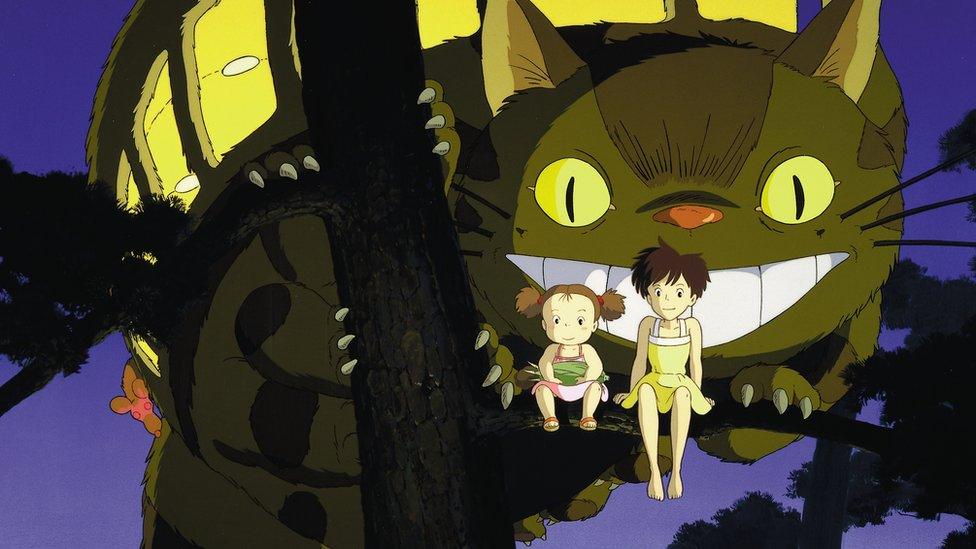
The fantastical "cat bus" from My Neighbour Totoro has become a Japanese pop culture icon
In the few interviews he has granted to the press, the reclusive director has spoken of his need to continue making films.
"I believe that children's souls are the inheritors of historical memory from previous generations. It's just that as they grow older and experience the everyday world that memory sinks lower and lower. I feel I need to make a film that reaches down to that level," he said in 2005, external.
"If I could do that, I would die happy."
- Published27 September 2016
